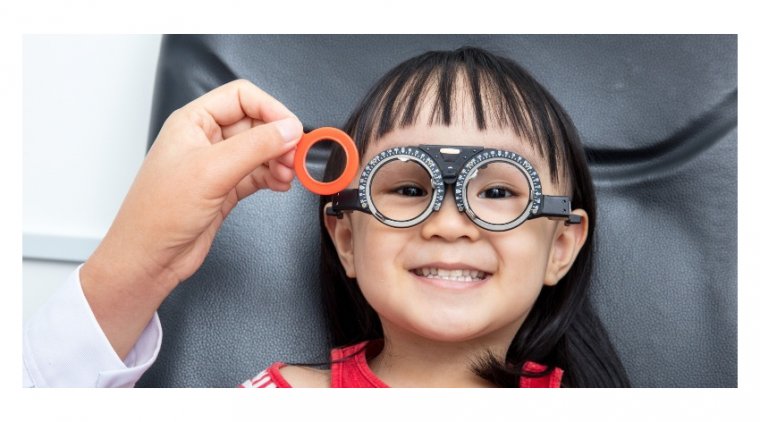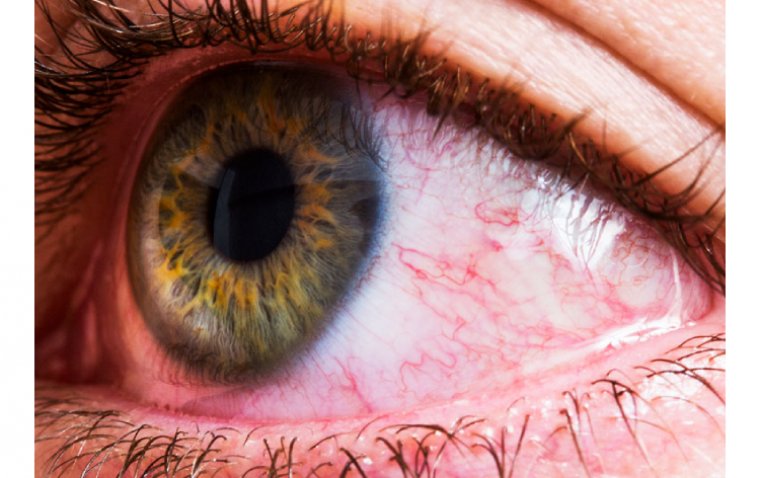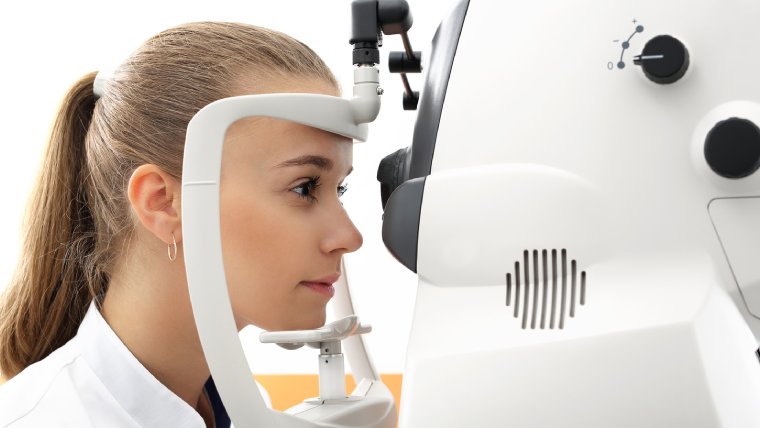
Irregular Astigmatism
What Is Irregular Astigmatism?
Irregular astigmatism is a type of refractive error in the eye that results in distorted or blurred vision. It occurs when the cornea, the clear outer layer of the eye, is not shaped evenly, resulting in uneven refraction of light as it enters the eye. This can cause vision to be distorted or blurry at all distances, and can also cause symptoms such as eyestrain, headaches, and fatigue.
Signs and Symptoms of Irregular Astigmatism
Distorted or blurred vision: If you have irregular astigmatism, you may experience distorted or blurred vision at all distances, or you may have difficulty seeing clearly in certain lighting conditions.
Eyestrain: If you have irregular astigmatism, you may experience eyestrain or discomfort when reading or performing other visual tasks.
Headaches: Headaches are a common symptom of irregular astigmatism, especially when performing visual tasks that require a lot of focus or concentration.
Difficulty seeing at night: People with irregular astigmatism may have difficulty seeing at night or in low light conditions.
Difficulty seeing with regular glasses or contact lenses: If you have tried to correct your vision with eyeglasses or contact lenses but have not experienced improvement, you may have irregular astigmatism.
What Are the Treatment Options for Irregular Astigmatism?
Irregular astigmatism is caused by an uneven curvature of the cornea or the lens inside the eye. It is often the result of an injury or surgery, and can also be a symptom of certain eye conditions such as keratoconus. Unlike regular astigmatism, which can be corrected with eyeglasses or contact lenses, irregular astigmatism may require more specialized treatment.
● Specialized contact lenses: Toric contact lenses are designed to correct regular astigmatism, but may not work for irregular astigmatism. However, there are other types of contact lenses, such as scleral lenses and hybrid lenses, that can be custom-made to correct irregular astigmatism. These lenses are larger in size and cover a larger portion of the eye, helping to correct vision more effectively.
● Refractive surgery: Refractive surgery, such as LASIK or PRK, can be used to correct irregular astigmatism by reshaping the cornea. However, it is important to note that not all patients with irregular astigmatism are candidates for refractive surgery, and it may not always be successful in correcting the condition.
● Glasses: While eyeglasses may not be as effective at correcting irregular astigmatism as other methods, they can still help to improve vision. Specialized eyeglass lenses, such as aspheric lenses, can help to reduce distortion and improve vision in people with irregular astigmatism.
● Patching or eye drops: In some cases, irregular astigmatism may be caused by a condition such as amblyopia (lazy eye), in which one eye is weaker than the other. In these cases, patching or using eye drops may be recommended to strengthen the weaker eye and improve vision. (Amblyopia, also known as "lazy eye," is a condition in which the vision in one eye is reduced because the eye and brain are not properly aligned or are not working together properly).
Preventing Irregular Astigmatism
While it is not always possible to prevent irregular astigmatism, there are some steps you can take to help reduce your risk of developing the condition.
Wear protective eyewear: If you participate in activities that put your eyes at risk of injury, such as sports or working with power tools, it is important to wear protective eyewear. This can help prevent accidents that may lead to irregular astigmatism.
Practice good eye hygiene: Proper eye hygiene is important for maintaining the health of your eyes. This includes regularly washing your hands, avoiding rubbing your eyes, and protecting your eyes from irritants such as smoke and dust.
Get regular eye exams: Regular eye exams can help detect any potential problems with your eyes early on, allowing you to receive treatment before any vision problems become severe.
Eat a healthy diet: A diet rich in fruits, vegetables, and other nutrients can help maintain the health of your eyes and reduce your risk of developing astigmatism.
Avoid smoking: Smoking has been linked to an increased risk of developing astigmatism and other eye conditions. Quitting smoking can help reduce your risk of developing these problems.
Protect your eyes from the sun: Wearing sunglasses or a hat with a brim can help protect your eyes from the harmful effects of the sun's UV rays, which have been linked to an increased risk of developing astigmatism.
(1).jpg)










